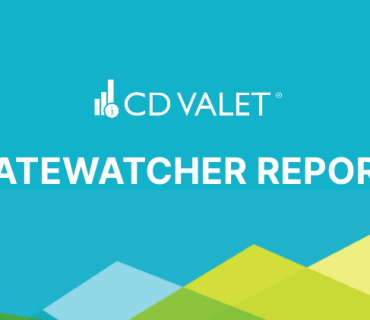Retirement planning is about making strategic decisions to minimize taxes and maximize your savings. Individual Retirement Accounts (IRAs) are powerful tools for achieving this goal, offering unique tax advantages that can significantly enhance your nest egg.
Here’s how IRAs can minimize taxes on your retirement savings and recent updates on Required Minimum Distribution (RMD) requirements that could impact your approach.
Traditional IRA: Tax-Deferred Growth
A Traditional IRA may allow you to contribute pre-tax dollars, potentially reducing your taxable income in the year you contribute. For example, if you earn $70,000 and contribute $6,000 to a Traditional IRA, your taxable income could drop to $64,000, reducing your tax bill. The real advantage lies in the tax-deferred growth—your investments grow without being taxed until you withdraw the money in retirement. This compounding effect can lead to substantial growth over time. However, withdrawals are taxed as ordinary income, so it’s essential to plan when and how much you withdraw.
Roth IRA: Tax-Free Growth and Withdrawals
Unlike a Traditional IRA, contributions to a Roth IRA are made with after-tax dollars, meaning they don’t reduce your current taxable income. However, the long-term tax benefit is substantial. The interest earned within the account and the withdrawals in retirement are entirely tax-free, provided certain conditions are met. This makes a Roth IRA particularly advantageous if you expect to be in a higher tax bracket in retirement. By paying taxes now on the contribution and potentially earning tax-free interest on the investment, you can avoid paying higher taxes later when you withdraw the money. And since the interest earned on the Roth IRA may never be taxed, you could be earning tax free interest for 10, 20, 30 or more years. The growth potential is huge!
Roth Conversion: Strategic Tax Planning
A Roth conversion involves moving funds from a Traditional IRA to a Roth IRA, which can be a savvy tax strategy. Though you’ll pay taxes on the converted amount now, future withdrawals and earnings from the Roth IRA will be tax-free. This can be particularly beneficial if you expect tax rates to rise in the future or if you’re in a lower tax bracket this year. However, careful planning is necessary to avoid pushing yourself into a higher tax bracket during the conversion year.
Updates on Required Minimum Distributions (RMDs)
Recent changes to RMD rules have significant implications for those inheriting IRAs. For IRAs inherited in 2020 or later, designated beneficiaries must withdraw all funds within 10 years. However, depending on if the IRA owner passed away before or after reaching their RMD age, one may need to take annual RMD distributions with the IRA account being emptied by the end of the 10 years.
A designated beneficiary is an individual who excludes non-person beneficiaries such as a Trust, Charity, or Estate. There are exceptions for eligible designated beneficiaries who can take life expectancy payments or follow the 10-year rule. An eligible designated beneficiary is the IRA owner’s surviving spouse, IRA owner’s minor child, a disabled or chronically ill individual, or an individual not more than 10 years younger than the IRA owner. If a spouse was named as the sole beneficiary, they have additional options. This applies to both Traditional and Roth IRAs. The new rules , accelerate the timeline, which could increase the tax burden on beneficiaries.
For inherited IRAs where the original owner was already taking RMDs, the IRS now requires beneficiaries to take annual RMDs during the 10 years, starting in 2025. The good news is that the IRS will not require retroactive RMDs for 2020-2024, giving beneficiaries some breathing room.
If you inherit a large Traditional IRA, being strategic about withdrawals is crucial. Taking the entire amount in one year could push you into a higher tax bracket, resulting in a hefty tax bill. Instead, consider spreading withdrawals over multiple years, particularly if you anticipate lower income in a future year. Consulting with a tax professional is highly recommended to navigate these new rules and minimize your tax liability.
Tax-Advantaged Contributions and Catch-Up Contributions
IRAs also offer tax advantages through contributions. For 2024 and 2025, you can contribute up to $7,000 to an IRA, with an additional $1,000 allowed for those 50 or older. These contributions can either reduce your taxable income (Traditional IRA) or grow tax-free (Roth IRA). For those nearing retirement, maximizing these contributions, especially catch-up contributions can significantly boost your retirement savings.
IRAs are essential tools in minimizing taxes on your retirement savings. Whether you opt for a Traditional IRA with its tax-deferred growth or a Roth IRA with its tax-free withdrawals, understanding and leveraging these accounts can lead to substantial tax savings. With recent changes to RMD rules, it’s more important than ever to stay informed and consult with a tax professional to optimize your retirement strategy. By making informed decisions now, you can ensure a more secure and financially sound retirement.




